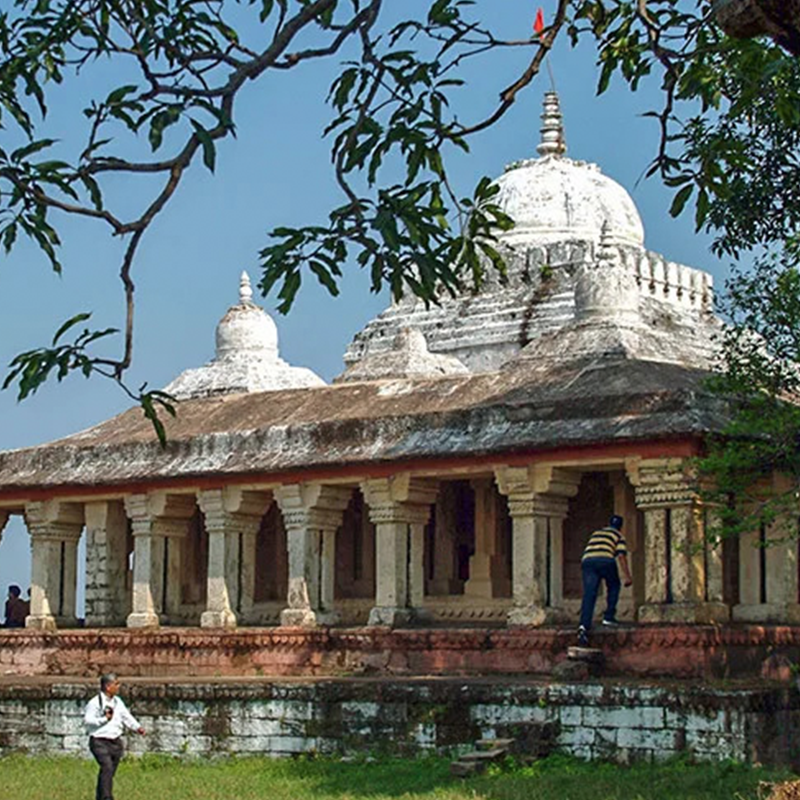

Bandhavgarh Fort is one of the most popular tourist attractions in India. Located in the Umaria district of Madhya Pradesh, this fort has a rich history dating back to ancient times. With its breathtaking views, intricate architecture, and cultural significance, it is no surprise that the fort attracts thousands of visitors every year. In this article, we will take an in-depth look at the history, architecture, and tourist attractions of Bandhavgarh Fort.
History of Bandhavgarh Fort
Bandhavgarh Fort has a long and fascinating history, dating back to the 1st century AD. The fort was initially established as a hunting lodge by the Gond rulers of the region. Later, it was seized by the Vakataka dynasty in the 3rd century AD, who used it as a military base.
During the medieval period, the fort was ruled by various dynasties, including the Sengar Rajputs, the Khangars, and the Baghels. It was under the Baghels that the fort reached the pinnacle of its architectural and cultural significance. The Baghel dynasty ruled over the region for almost 200 years, from the 16th to the 18th century. They made several additions and renovations to the fort, which helped it become the impressive structure that it is today.
The architecture of Bandhavgarh Fort is a testament to the skills and creativity of the ancient Indian builders. The fort is situated at an altitude of 800 meters and covers an area of around 5 square kilometers. It is divided into three main areas: the lower fort, the middle fort, and the upper fort.
The lower fort comprises several structures, including temples, water tanks, and stables. The middle fort is the main area of the fort, where the royal palace and other important structures are located. The upper fort is the highest point of the fort and offers breathtaking views of the surrounding area.
The fort is constructed using a combination of sandstone and granite, which gives it a unique and beautiful appearance. The intricate carvings and designs on the walls and pillars are a testament to the skilled craftsmanship of the ancient Indian builders. The fort also features several water bodies, including tanks and wells, which provided a reliable source of water for the residents.